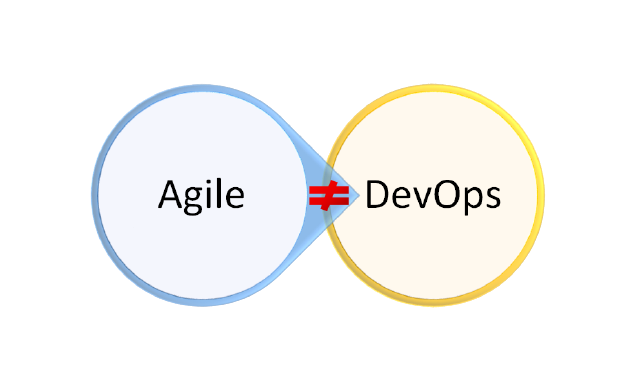Agile and DevOps work in conjunction with each other to deliver better quality products and services. By design, both are centered around a range of practices and tools that lend more value to an organization’s products. While DevOps integrates the two silos of development and operations, Agile methodology incorporates an iterative development process in project management.
In the age of digital transformation, both these tools are inevitable. Enterprises have already started adopting DevOps and Agile to compete in the fast-paced world of digital development.
In the area of software development, challenges are aplenty. There are delays, feedback loops, technical and financial constraints, inter-departmental complexities, etc. If allowed to persist unchecked, can these issues affect product quality?
Certainly yes!
Besides, if these challenges are dealt with through long-drawn processes, tightly-wound with traditional methods, the loss incurred is more. To save the day in such complex scenarios, we have Agile and DevOps.
Just like many simple yet impactful ideas become actionable due to their practicability, DevOps too evolved in the same way. You can consider these tools as practical solutions to software problems.
The distinct feature of DevOps and Agile is that they are not strictly technical tools to produce technical products.
Instead, they incorporate varying methodologies to yield not only technical but also cultural and business benefits.
After knowing the use of DevOps and Agile methodologies, there is no debating their role in digital transformation. To illustrate further how your organization can actively head towards a transformative process using DevOps and Agile, here are 7 simple steps for your help. Dig in!
1. Take a rundown of ground-reality
To create a plan of action, you first need to take stock of existing conditions. Evaluate areas like the commitment of leadership, past records, IT management, stakeholders’ readiness, etc.
All this information provides clarity in framing objectives and a suitable road map for transformation.
2. Adopt a piecemeal approach
Transformation should be in a simple to complex order of processes. Regular practice, along with viable technologies, should be the key to learn.
If you rush the transformation process, there are chances of poor learning outcomes and wasteful training.
3. Examine each problem separately
Different scales of challenges should be tackled individually with the help of the most relevant and suitable principles.
Each challenge comes with its own nuances and cannot be treated the same way as another challenge. If all your solutions are cut from the same cloth, not all problems will be covered satisfactorily.

4. Establish a culture of collective problem solving
In problem-solving, give an upper-hand to people closely connected with the tasks. More participation and inclusion of ground workers ensures positive results.
If leadership solely decides to define solutions to problems, there is a probability of some critical areas of concern being left out.
A better way to resolve challenges will be to lead the team to find solutions after clear communication of desired outcomes.
5. Balance consistency and change
Any organization’s cultural essence is determined by the value attached to its words and actions, commitments, and system of rewards.
As a leader, you must encourage this cultural ethos’s sustenance but also not resist filtering roadblocks created by redundant practices.
In simple words, consistency and change are both vital to an organization’s progress. You need to know when to opt for which.
6. Do regular evaluations
Even the best looking solutions can fail. Especially in software, re-adaptation is a continuous process.
Always move ahead, keeping in mind that your plan may require many changes along the way. The fixation upon set solutions is never a good idea.
7. Stick to the good changes
If you successfully establish some norms and practices in your organization that are sure to maximize productivity, don’t be lax in their implementation.
Whether big or small, change is not easy to bring in an environment with varying ideologies, temperaments, and mindsets.
Value every little change that you can bring. With time, old habits tend to loosen your resolve and, likewise, of your workers.
Raise a red flag in such a scenario and steer clear of falling back into an undesirable culture. You must also keep your team motivated to do the same.
Summary:
Digital transformation is not a cakewalk at all. Its challenges and impediments are tractable, though. With the help of DevOps and Agile, you can not only enhance your organization’s potential but streamline a comprehensive plan for change.
Such a plan for change comprises the cultural factors too that influence an organization’s overall productivity. A combination of such iterative and multi-faceted practices has excellent potential to contribute to digital transformation.




